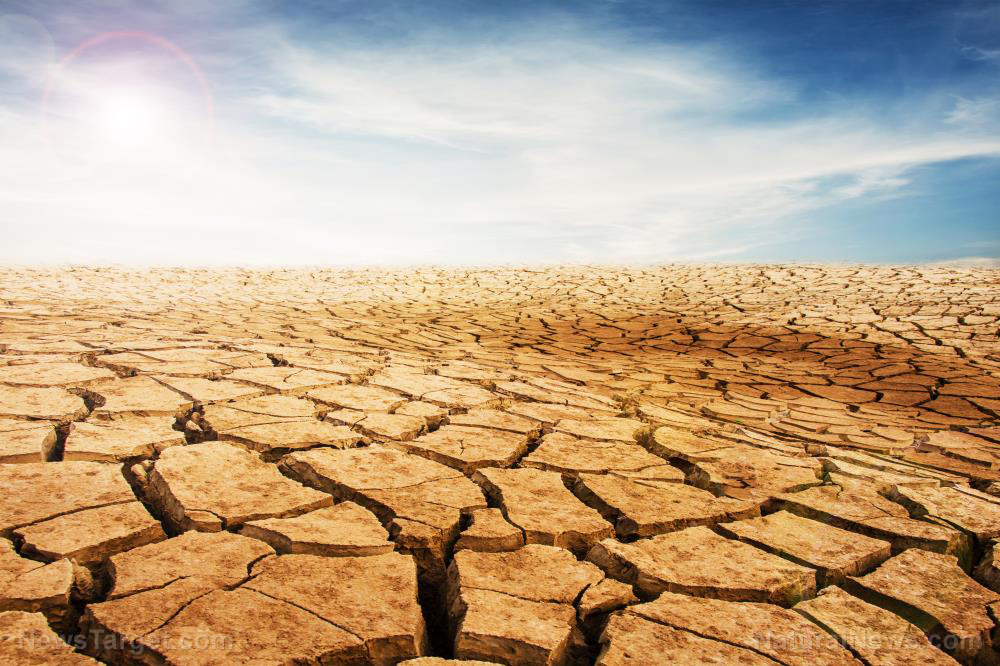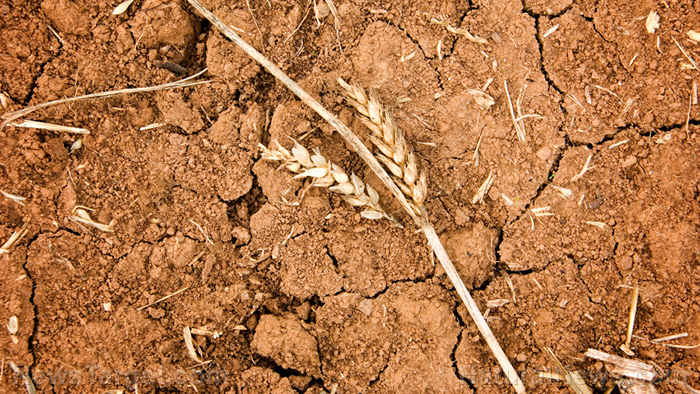Carbon dioxide may be the key to unlocking vast natural gas resources, research says
03/26/2020 / By Franz Walker

Carbon dioxide may be used to help produce natural gas from deposits buried deep beneath the Earth. A recent study is proposing that air and carbon dioxide injected into methane ice deposits that are buried beneath the Gulf of Mexico could unlock vast natural energy resources.
Researchers from the University of Texas at Austin (UT Austin) propose injecting large amounts of carbon dioxide and air into deposits of methane hydrate as a means of harvesting methane gas. The latter is an ice like, water-rich chemical compound that forms naturally in high-pressure, low-temperature environments such as under the Arctic permafrost, or deep in the Gulf of Mexico.
“Our study shows that you can store carbon dioxide in hydrates and produce energy at the same time,” stated lead author Kris Darnell, a doctoral graduate from the UT Austin Jackson School of Geosciences.
Simulating methane gas extraction with computer models
The team at UT Austin hasn’t actually extracted any methane gas with carbon dioxide yet. Instead, the team used computer models to simulate what could happen when a mixture of carbon dioxide and air is injected into deposits of methane hydrate. According to the simulation, the air sweeps the methane gas toward a production well. Then, the carbon dioxide gas takes up the space formerly occupied by the methane.
The study isn’t the first time that extracting methane from hydrate deposits through pumping carbon dioxide has been proposed. However, earlier attempts have either failed, or produced lackluster results. The new study, with its computer simulations, aimed to crack the physics behind the process to hopefully reveal why the previous attempts failed.

The researchers noted that the process in which one type of molecule trapped in the hydrate – in this case, methane – is replaced with another is a two-stage process. Previously, scientists thought that this was a single simultaneous process. In the new model, nitrogen from the air breaks down the methane hydrate in the first stage. After this, the carbon dioxide crystallizes into a slow-moving wave of carbon dioxide hydrate behind the extracted methane gas.
Less risk of earthquakes, unlike fracking
One benefit of the method proposed by the team is that carbon dioxide hydrate replaces the methane hydrate. Geological disturbances, such as earthquakes, have been an issue with other methods of mining that use the insertion of material into the ground, such as hydraulic fracturing (more commonly known as fracking). With the method introduced by the researchers, the idea is that the carbon dioxide effectively replaces the methane that’s being extracted from the hydrate.
“By swapping the methane hydrate with CO2 hydrate, we disturb the (geologic) formation less, lowering the environmental impact, and we make the process energetically more efficient,” said co-lead Peter Flemings, a Jackson School professor and senior research scientist at the University of Texas Institute for Geophysics. (Related: Fracking triggers “potentially damaging” earthquakes, even in areas AWAY from injection sites.)
Methane hydrate as an energy source
Methane hydrate is a gas hydrate, which is a chemical compound wherein gas molecules become trapped inside cages of water ice molecules, rather than chemically bonding with them. The Department of Energy (DOE) and UT Austin are working to study naturally forming methane hydrates with the aim of determining if they could potentially be used as energy sources. Estimates suggest that methane harvested from hydrate deposits found beneath the Gulf of Mexico could power the country for hundreds of years.
With the computer simulations done, Darnell says that the next step is to test the team’s findings in the lab. The Jackson School and the UT Hildebrand Department of Petroleum and Geosystems Engineering are currently testing the new method in a specialized facility in the Jackson School, which is one of the few in the world that can store and test methane hydrate.
Sources include:
Submit a correction >>
Tagged Under:
Austin Texas, carbon dioxide, Earthquakes, energy source, environment, fracking, future science, gas hydrate, Methane, mining, physics, renewable energy, research, science and technology, Texas
This article may contain statements that reflect the opinion of the author





















